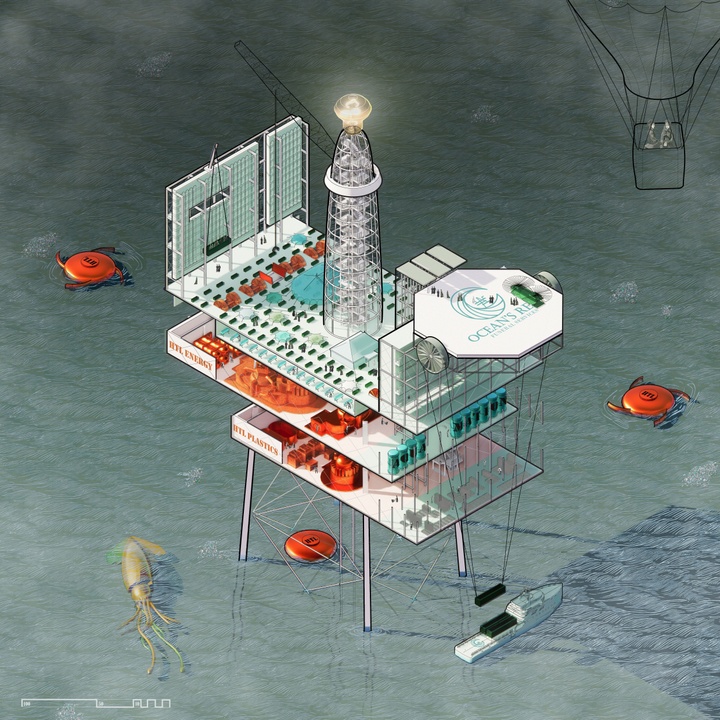Bachelor of Science and Bachelor of Arts in Architecture

We offer a rigorous architecture program within a dynamic, cross-disciplinary campus.
Our courses engage real-world sites and tackle complex social, cultural, and environmental challenges. You’ll graduate with the tools to design beautiful, innovative, and sustainable architectural environments.
Course of Study

We believe that you learn by doing. Whether you pursue a BS or BA degree in architecture, our program provides numerous opportunities for hands-on, real-world engagement, both in the St. Louis community and beyond.
Our program is centered around the design studio, which emphasizes craft and making. You’ll work collaboratively with your peers and faculty on projects.
What types of work do architecture students produce?
Our students explore a wide array of media and techniques in their design work, from freehand drawing to emerging digital technology. Check out a selection of recent work to get a sense of the range of projects undertaken.
Faculty
Our faculty are nationally and internationally recognized in their fields—and they are deeply committed to teaching each and every student.


































